Carley Nicholls and Alex Hopkins of Studio Tate are passionate about making good design accessible to all. The studio’s pro-bono social impact program has transformed its working culture, and the everyday lives of its clients.

Left to right, Carley Nicholls and Alex Hopkins, photography by Heidi Wentworth.
March 3rd, 2022
Ever since Carley Nicholls and Alex Hopkins opened the doors to Studio Tate, seven-and-a-half years ago, they have been passionate about making good design accessible for all.
“We’re committed to how the design industry can contribute to breaking the cycle of disadvantage in Melbourne,” Hopkins says, design director.
Studio Tate first began working pro-bono on small design jobs with non-profit organisations and sectors that are otherwise overlooked, through word of mouth, colleague and family connections.
Today, that has evolved into a pro-bono social impact program within the business. They provide a full scope of design works on larger projects with clients that have a need to refresh their space but have limited resources and budgets.

“Typically, these organisations don’t have much money to be able to make change, but we’ve provided our design services free of charge,” Hopkins says.
One of their clients is CASA (Centre Against Sexual Assault) House, for which the team provided interior architecture services to improve the waiting room and team meeting room in their Melbourne city location.
The team also worked with The Royal Women’s Hospital Foundation to provide a larger scope of works for a new office with full design detailing, and design services for various rooms within the hospital’s NICU (Neonatal Intensive Care Unit).
“It’s really meaningful work,” she says. “And something as an organisation that we are pretty passionate about.”

The program is a win-win for her team too, who have embraced the program, and for the directors a point of difference when recruiting staff.
“Everyone in our studio wants to be a part of it, and everyone stands by it,” Hopkins says.
In particular, it provides an opportunity for the studio’s younger designers looking for a way to contribute to the community, create an emotional connection and a very tangible outcome.
“This way, you are really getting to know a business and helping them one-on-one,” she says.
Equally as important, the program invites an opportunity to design in different ways. With little access to money, staff can learn how to take a brief from a not-for-profit organisation to create designs that are warm and engaging but also robust and durable.
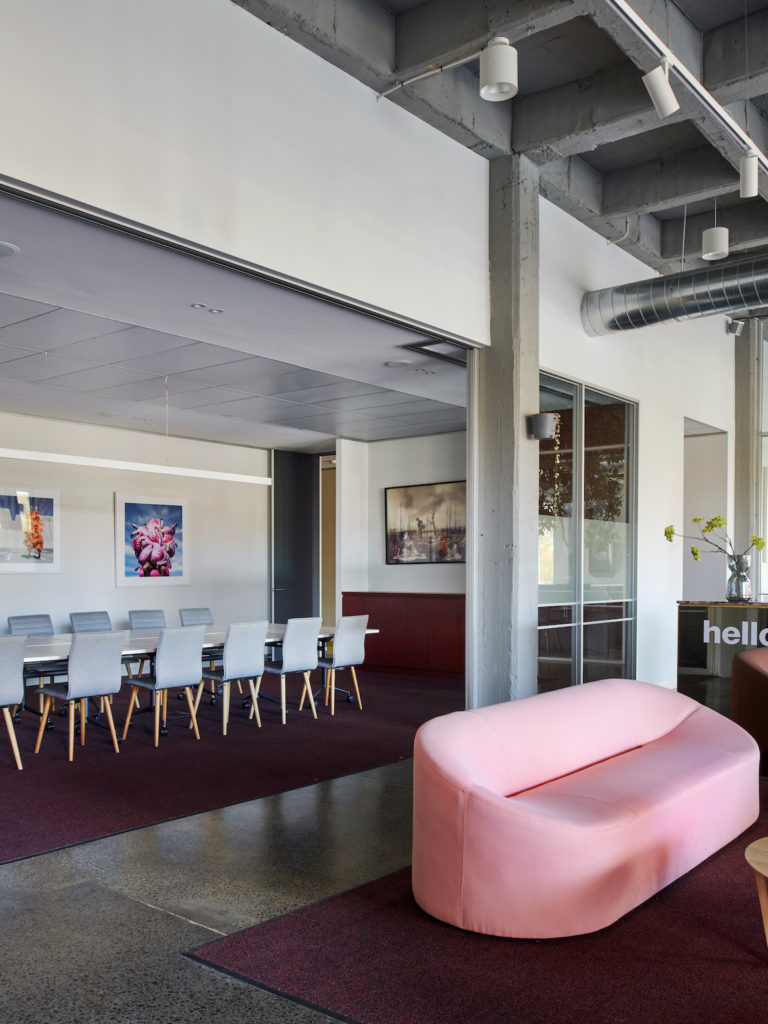
Then, spark their creativity by seeking out suppliers for cheaper off-cuts, sourcing better rates for cabinetry and being flexible on colours and styles if not the first preference.
“As a studio, it keeps your feet on the ground. You have to check your ego at the door and roll your sleeves up,” Hopkins says.
While the studio’s portfolio spans luxury private residential to workplace, aged-care and hotels, it always makes room for pro bono work in an effort to provide good design for everyone.
“It’s a business cost, and it is effort and commitment that takes away from doing paid work. So, we need to make a conscious decision to do that,” she says.
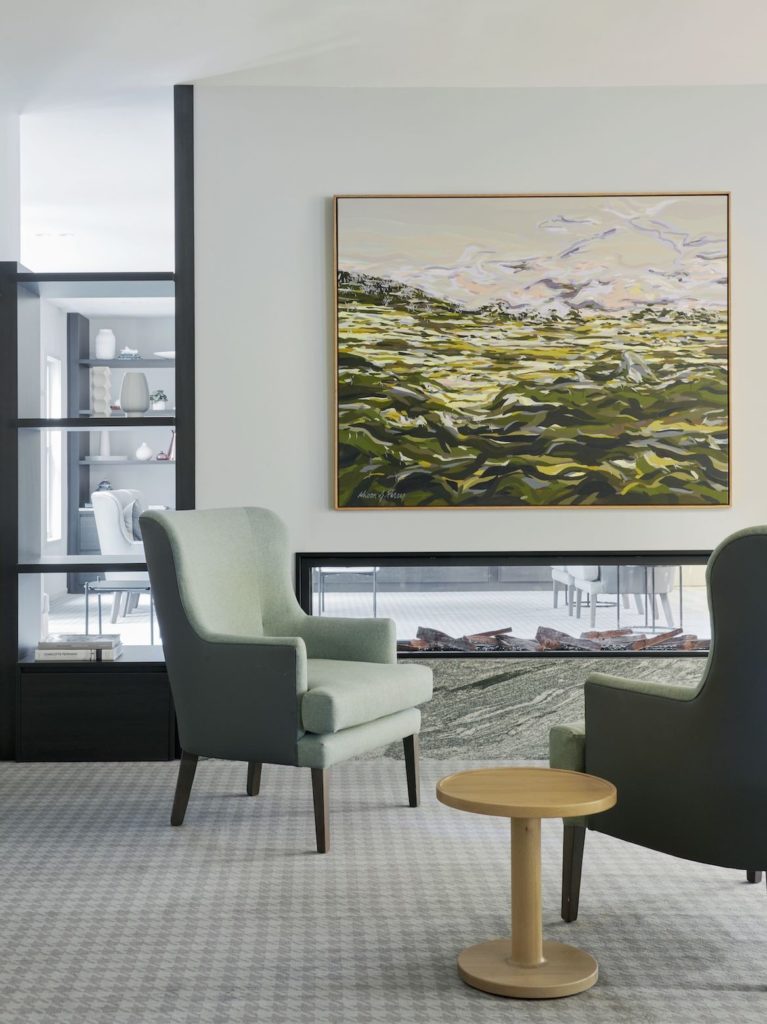
These topics and more will form part of a panel event for Melbourne Design Week, where Hopkins will be joined by Ben Vasiliou, from Youth Projects, and Roger Macmorran from The Green Boat.
The three will talk about how the design industry can contribute towards breaking the cycle of disadvantage in minority communities in Melbourne, drawing from their personal experience as a design studio, project manager and not-for-profit.
“We feel very grateful that we’re in a position to be able to do this work, and it gives us a great sense of fulfilment,” Hopkins says.
Studio Tate will present the Social Impact of Design at Melbourne Design Week 2022, click here.
Studio Tate
studiotate.com
Project Photography
Thomas Brookes
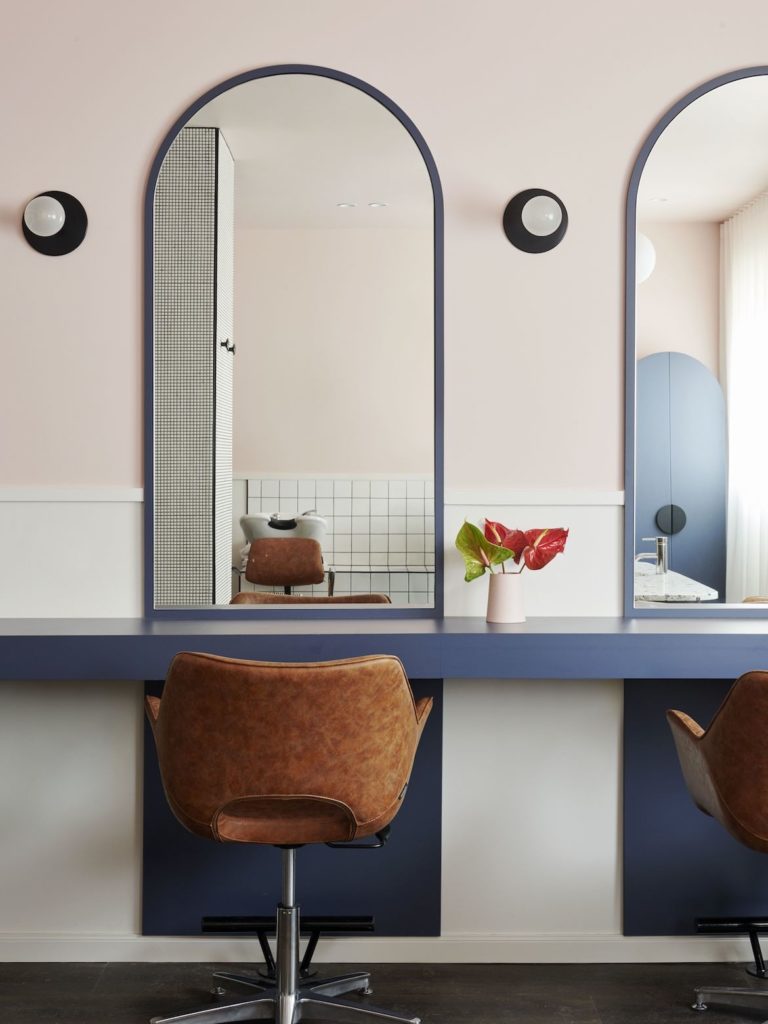
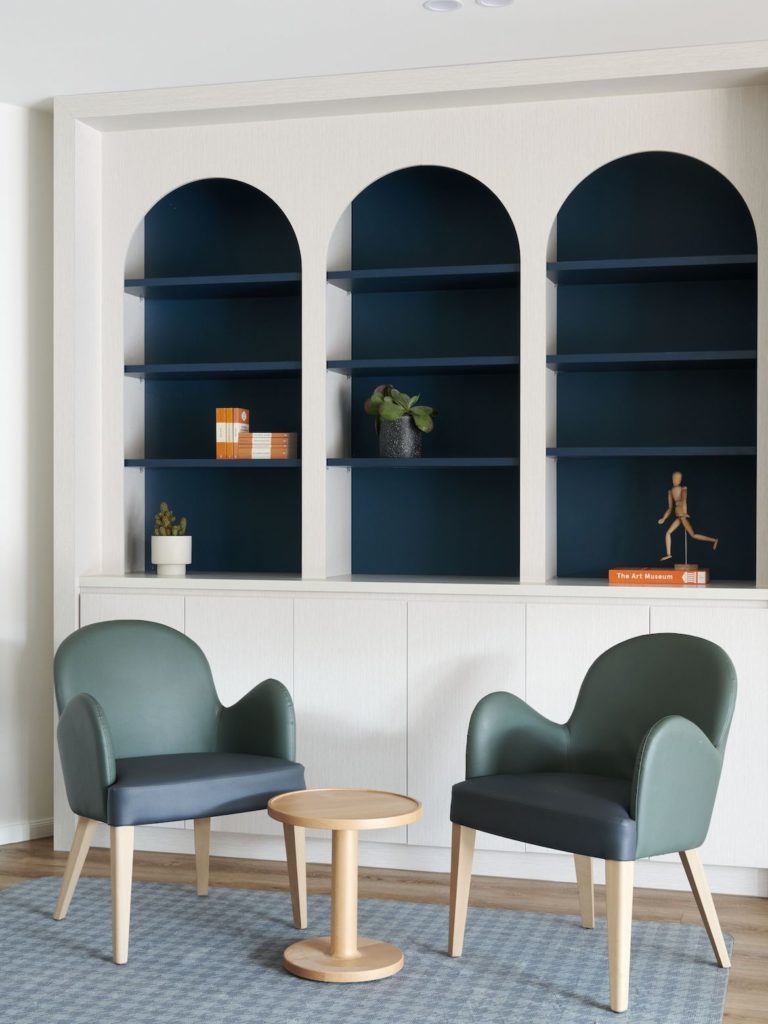
We think you might like this article about Arts Project Australia by Sibling Architecture.
INDESIGN is on instagram
Follow @indesignlive
A searchable and comprehensive guide for specifying leading products and their suppliers
Keep up to date with the latest and greatest from our industry BFF's!
The new range features slabs with warm, earthy palettes that lend a sense of organic luxury to every space.

London-based design duo Raw Edges have joined forces with Established & Sons and Tongue & Groove to introduce Wall to Wall – a hand-stained, “living collection” that transforms parquet flooring into a canvas of colour, pattern, and possibility.

‘The Mandate Mirage: 2025 Workplace Futures Survey’ is a new report by international design practice Hassell, revealing that the real drawcard for attracting employees to the office in-person is choice.
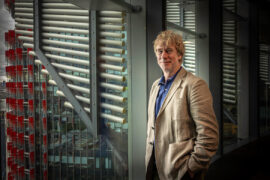
The Senior Design Director at RSHP reflects on Barangaroo South Masterplan during a visit to Sydney marking ten years since the completion of the first phase.
The internet never sleeps! Here's the stuff you might have missed

Adam Markowitz Design, in collaboration with Simeon Dux, has been awarded The Object at the INDE.Awards 2025. Their winning project, A Cabinet of Curiosities, is a masterwork of craftsmanship and adaptability; a poetic response to shifting domestic and professional life in the post-COVID era.
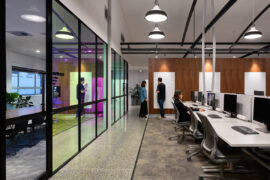
Architectus’ new headquarters for Q-CTRL addresses complex technical requirements while creating an enjoyable place to work.